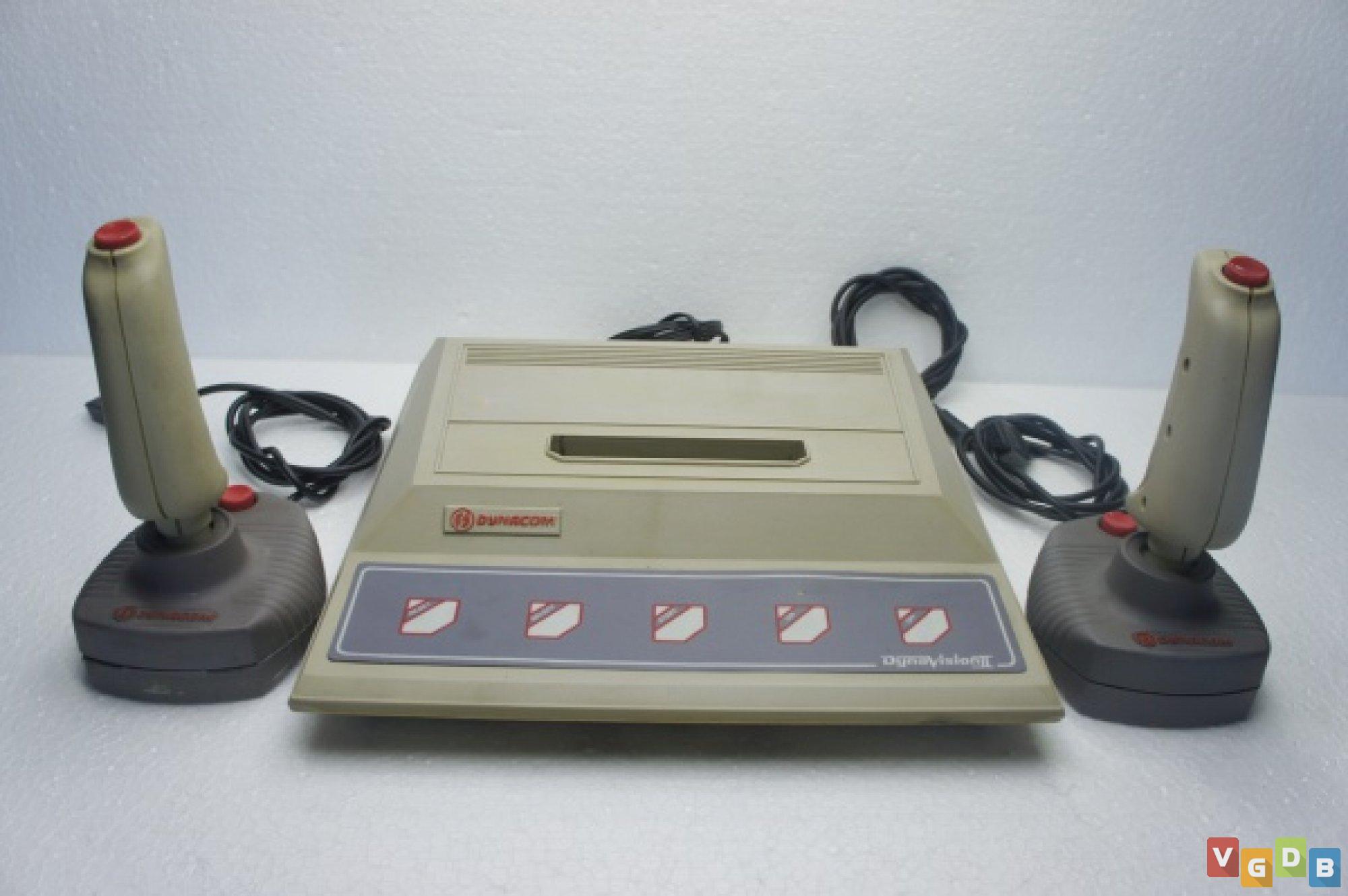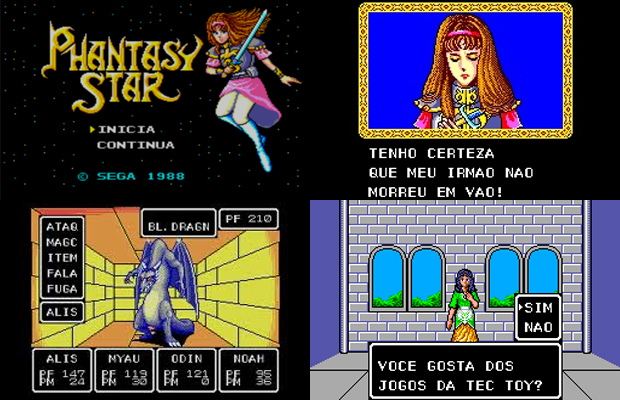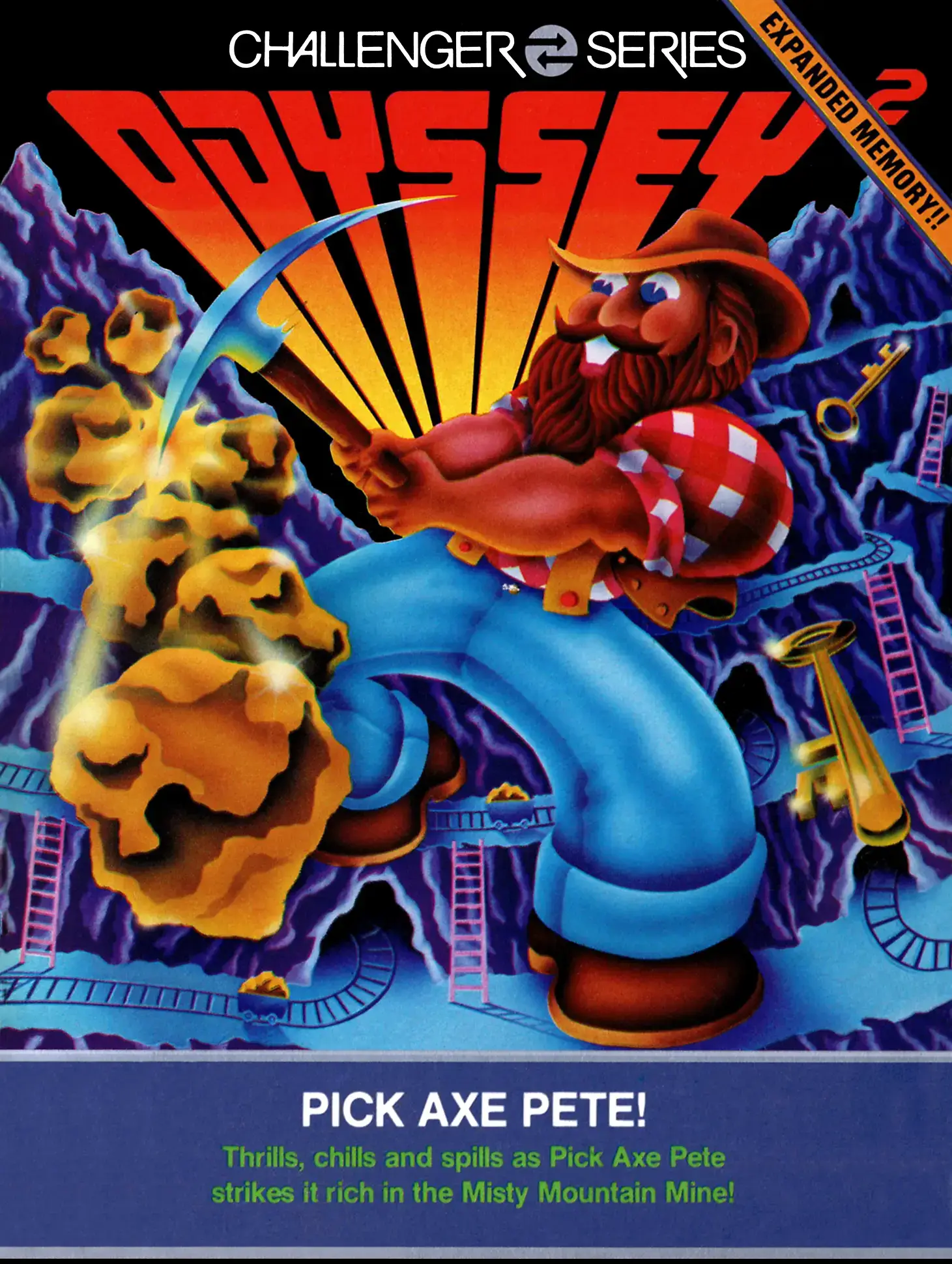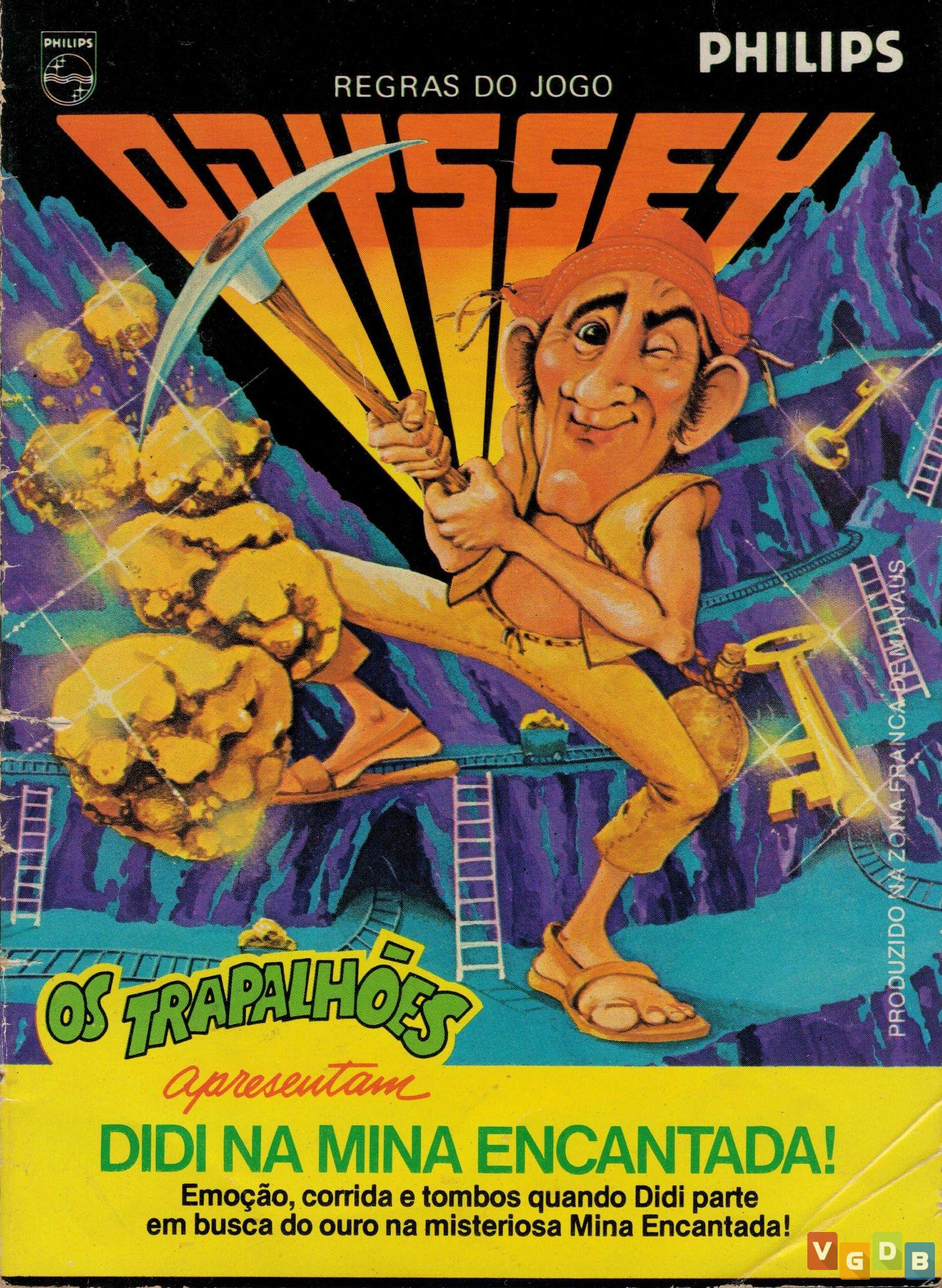
PHANTASY STAR AND THE STORY BEHIND THE FIRST BRAZILIAN PORTUGUESE LOCALIZATION
BY VICTORIA VALENTINE / @gizmouse
Tip! Hover over gold text to display an image!
The fifth largest country in the world and seventh most populous one, Brazil has been kind of a sleeping giant when it comes to its potential, especially when talking about the video game market. There are unique challenges when it comes to trying to stake out a claim in the region: it's one of the few nations in the world that speaks Portuguese, economic inequality in the country is one of the highest in theworld, and a series of economic policies makes things difficult for both the consumer and companies that want to enter the market.
Nowadays, things look better than before with the Brazilian Portuguese language being supported by all three leading gaming companies. It is more common than not that a game releases with full translations and some even go the extra effort to dub the game as well. This scenario is something that is very recent, previously your options if you wanted to get into gaming was to become fluent in English, set the game to Spanish and hope that you can understand just enough about it to get through the game or wait for a dedicated group of people to develop a fan translation for the game you are playing.
And this is during the age of the Internet! Before that, your options were basically none. This wasn’t much of a problem during the early age of games, titles were simple enough to be understood that anyone could pick them up without needing to understand the language but as games started to become increasingly complex, there was a fear that you could be left out of playing certain titles.
Brazil presents a potential gold mine for companies and yet the barriers present such a challenge that many of them don’t enter the country. But what if there was a company that did through all the effort to not only release games in the region but also to adapt and localize them to better fit the region’s needs? This is the story I want to tell you today about Sega and their partnership with TecToy, a partnership that created an interesting story that led to the seemingly unlikely triumph of the Master System in the region over the titan that was Nintendo at the time.

Inflation percentages in Brazil in relation to the many economic plans created to try and stop it. (Source)
The Brazil of the 80s and early 90s was a period of economic turmoil in the country as the transition from a military dictatorship to the new Republic was marked by a severe case of hyperinflation and not the sexy kind. From 1986 to 1994, 7 different economic stabilization plans were put in place to try and contain the economy while it was still running, the Final Fantasy XIV: A Realm Reborn of macroeconomics. This resulted in periods where stabilization seemed near before it would shoot back up again to high levels again.
In addition to economic instability, Brazil had changed from an export-based economic policy to one known as Import Substitution Industrialization, where the country would substitute materials that they once imported into the country with those made locally. To motivate the local industry, Brazil would impose heavy tariffs on imported goods. As an example, when converted to USD, the price of the PS4 in the region would amount to $1935 - 63% of this price is estimated by PlayStation LatAM to be due to the heavy taxes imposed upon electronics in the region.

Feature for the magazine Exame, one of the biggest in Brazil, talking about Sega and TecToy's partnership, featuring TecToy's founder Daniel Dazcal in the center. (Source)
It’s with this background that we set the scene: in the late 80s, TecToy was founded in Brazil to fill the market niche of electronic toys. Right off the bat, their first partnership was with Sega to release the laser tag gun Zillion in the region, a product made to tie-in with the anime of the same name. The product would be a huge hit in the region, estimated to have sold even better than it did in its home nation.
Sidenote I: The Zillion Kidnapping and Strange Sourcing
I don’t know where else to put this information but while researching for this article, I found out that in 2009, there was a hostage situation in Brazil where a man kidnapped a woman for ten hours and held her at gunpoint… with a Zillion gun.
Now this story would be an interesting anecdote in its own right, but while trying to track down the original source of this information, the Engadget article talking about it seems to mention it came from Kanye West ? Apparently Kanye West had a blog in the late 2000s? Why did Engadget choose Kanye West’s Blog as a source for this?
? Apparently Kanye West had a blog in the late 2000s? Why did Engadget choose Kanye West’s Blog as a source for this?
Anyway Engadget’s choice of sources aside, this definitely did happen as I could find national coverage of this incident. No one from either Sega or TecToy talked about the matter but I assume it must’ve been surreal for both of them.
Despite the initial success of their partnership, Sega was reluctant to let TecToy distribute their flagship system at the time, the Master System, in Brazil after having failed to make a significant mark in the United States and having turned down an approach from another Brazilian company Gradiente, who had previously helped with the distribution of the Atari 2600 in the region. TecToy would eventually convince Sega to enter into an agreement, stating that the company was better suited to focus on games distribution in the region than any other.

Brazilian magazine ad for the Master System. It reads "It's a game, but it could be real." (Source)
The Master System would launch in Brazil in 1989. Gradiente, who had failed to enter in an agreement with Sega as well as Nintendo, planned to release the Atari 7800 in the region but seeing a gap in the market, they would release their own Famiclone in the region known as the Phantom System on the same year, serving as the main competitor to the Master System alongside another Famiclone known as the Dynavision 2
on the same year, serving as the main competitor to the Master System alongside another Famiclone known as the Dynavision 2 . The Master System would be a huge success in the region and as Nintendo lacked any official releases in Brazil, TecToy and Sega would account for 80% of the market in the region.
. The Master System would be a huge success in the region and as Nintendo lacked any official releases in Brazil, TecToy and Sega would account for 80% of the market in the region.
Sidenote II: Nintendo Comes To Brazil
Gradiente’s success with the Phantom System would later catch the attention of Nintendo. Alongside toy manufacturer Estrela, Gradiente would create Playtronic, a joint venture that would be the official partner of Nintendo in Brazil starting in March 1993, with the release of the Super NES in August of the same year. Like the Sega-TecToy partnership, this would prove to be a fruitful relationship as by April 1995, Nintendo would've acquired 60% of the market share in the region.
Playtronic attempted to also sell the NES in the region but as Brazil had already been accustomed to Famiclones, including Gradiente’s very own Phantom System, as well as facing competition from the more established Master System, the system sold very poorly. Playtronic had a few localization efforts of their own, translating two soccer titles, Super Goal and Tony Moela’s Sidekick Soccer.
The partnership between Nintendo and Playtronic would continue until 2003 when Playtronic shut down, citing high taxes involved with the production of gaming systems in the region, lesser purchasing power from customers due to lower income and piracy. Nintendo themselves would leave the region in 2015 but would later return in 2020, with a goal of providing better support for the Brazilian players.
The story behind Phantasy Star’s localization begins with two individuals who worked at TecToy at the time: marketing director Andrea Bedricovitch and game specialist Alexandre Pagano. At the time, TecToy had a Hot-Line players could call at any moment in order to ask for hints regarding Sega games, usually the task of answering and also playing the game was handed out to the same individual. Pagano’s suggestion was to separate the tasks, allowing one employee to be more focused in learning about the game so they could provide better answers and another dedicated to answering. Besides those duties, Pagano would also play the games in front of journalists so that they could take screenshots to use in publications as well as playtest any future Sega release in order to determine if the game would be a fitting release for the Brazilian market, one of those games being Phantasy Star.

Picture of Alexandre Pagano at the TecToy offices in 1994. (Source)
Bedricovitch sent him the game and asked for Pagano’s thoughts on it. He played the game for two days and found it to be a challenging experience as he himself was not knowledgeable with the English language. His feedback was that the game was pretty cool but without a translation it would have a hard time finding a market in the region because it was nothing like anyone had been playing up to that point. Bedricovitch took in his feedback and later returned telling Pagano that they were going to translate Phantasy Star.
The project was being developed in secret in a room with an electric lock and a small team composed of Pagano, whose task was to play and comb through the game understanding the logic and lore of the world as well as a team of engineers, composed of Claudio Oyamagushi, Maurício Guerta and Marcelo Caiado, who would work on cracking the game open and reverse engineer the code so that they could find a way to edit the text itself as Sega did not provide tools for the team to work on this translation effort.
It would take Pagano a week to beat the game the first time, once he had a better idea of where things could go, he could beat it in three days. Meanwhile the engineering team would be hard at work developing software to better assist with the task and would debug the game itself by converting it to C code.
The engineers managed to extract a giant list with all the phrases used in the game but they were all jumbled up inside the code. They tried compiling a version of the game with the new phrases to see the results and it was all over the place in the game itself. Their workaround was to play through the entire game again, this time recording it so that they could use it as reference over in the game the phrases appeared in. It was a long process of iteration, with every new correction they would find a new error, a new test would have to be done, three more days of playing the game from beginning to the end.
The project took three months to be finished and as it neared completion, the marketing team at TecToy would be hard at work creating advertising materials for the game, including a full page ad in magazines, with a blurb featuring the game’s main antagonist Lassic taunting the reader with the message “This game takes three months to play, subtitled in Portuguese and a villain that thinks that you are nothing”.

Full page magazine ad promoting the release of Phantasy Star (Source)
The best way to describe TecToy’s localization of Phantasy Star is functional. It is definitely not the smoothest text you will see in a game but it gets the job done to make the game accessible. A lot of compromises had to be made to the text, as no new graphics could’ve been added in the game itself, the game forgoes the usage of accented letters that is common in the Brazilian Portuguese language. Additionally due to the screen size limitations, a lot of the terminology had to be abbreviated. Even with these limitations, it is still a perfectly playable experience and it was a much appreciated effort to an audience who would never be able to fully enjoy the game otherwise.

Screenshots of the Brazilian Portuguese version of Phantasy Star. The NPC in the bottom right asks the player "Do you like TecToy games?". (Source)
The game would be a major success in the region and the process would open the gates for future TecToy releases now that they have the knowledge and a suite of tools that would help them make more games like this. In the following years, they would take additional steps with their conversions such as the case with Mônica no Castelo do Dragão. The game was a modified version of Wonder Boy in Monster Land, replacing the titular protagonist with the star of Turma da Mônica (or as it is known in English speaking territories, Monica’s Gang). TecToy had worked with the creators of Monica’s Gang, cartoonist Mauricio de Sousa and his production company MSP Studios, making a tie-in toy for a Monica’s Gang film. With this pre-existing connection, TecToy made the suggestion to Sousa to license the characters in the modification, with Sousa being receptive to the idea with his only suggestion being that Mônica doesn’t use a sword as she is not a violent character, in the final game, the sword is replaced by Mônica’s plush bunny Sansão instead.
TecToy would do similar things with other propreties over time, such as the popular comedic superhero El Chapulin Colorado, comic strip character Geraldinho and the two furry hosts of children's show TV Colosso. In addition to those, some games would also be modified to feature TecToy's own attempt at a mascot character, Sapo Xulé ("xulé" being slang for stinky feet, the name comes from a popular kids song, it's a long story don't worry). TecToy would also develop entire games from scratch as well, such as a Woody Woodpecker game, one based on the popular Brazilian book series by Montero Lobato Sítio do Pica Pau Amarelo and two based on popular Brazilian game show at the time Show do Milhão. Perhaps most impressive of their works were their conversions of Street Fighter II and Duke Nukem 3D to the Master System and Mega Drive respectively.
Sidenote III: Nothing New Under The Sun
This wouldn’t be the first time a game would be changed to better appeal to the Brazilian market. In 1983, Magnavox would adapt their 1982 Odyssey² release Pick Axe Pete as Didi na Mina Encantada
as Didi na Mina Encantada (in English, Didi in the Enchanted Mine) featuring the character of Didi, played by famous Brazilian comedian Renato Aragão who was part of a comedy troupe known as Os Trapalhões (or The Tramps in English), sort of Brazil’s equivalent of Monty Python.
(in English, Didi in the Enchanted Mine) featuring the character of Didi, played by famous Brazilian comedian Renato Aragão who was part of a comedy troupe known as Os Trapalhões (or The Tramps in English), sort of Brazil’s equivalent of Monty Python.
Unlike TecToy’s later efforts, Magnavox’s release simply changed the packaging and title of the game for the Brazilian release although as a very primitive game by today’s standards there wasn’t really much that needed to be changed to better fit the new branding.

Boxart for Mônica no Castelo do Dragão. (Source)
TecToy would continue to translate future Phantasy Star entries up to the third one, as well as Shining in the Darkness and Yu Yu Hakusho: Sunset Fighters, as the titular anime was a ratings hit at the time. According to what I could find, the fourth entry Phantasy Star IV: The End of Time did not even release in the region for reasons that I was unable to find, which is odd considering that TecToy continued to release games in the region during that time. Perhaps more impressive than their work on Phantasy Star would be the TecToy release of Riven: The Sequel of Myst for the Sega Saturn, where on top of localizing the game, they would also go through the effort of dubbing the whole game as well.
Sadly, as Sega bowed out of the gaming industry in the aftermath of the Dreamcast’s failure, TecToy would start to fade out as well. They would continue making hardware and software for years to come, establishing themselves more as a nostalgia brand than a leading figure, while a vacuum was left and localized games became rarer and rarer. TecToy would try to catch lightning in a bottle again and the idea for a low-cost console system geared for LatAM regions started to take place, what would eventually become the notorious Zeebo console.
It is easy to dismiss Sega’s success in Brazil as nothing more than any interesting anecdote or just as something that is not worth talking about at all because it is not talking about the United States, as many gaming writers tend to do nowadays leaving unexplored large parts of gaming history simply because it didn’t happen in America. To do so is to have a fundamental lack of curiosity and a disinterest in seeing how the medium found its way in other places and how that would impact the future developers that could come from that region. Imagine being a movie historian who would ignore Kurosawa’s work because it wasn’t made in Hollywood, that is about as ludicrous to me.
TecToy’s efforts would later impact releases made by Brazilian developers, LakeFepard was a long time Sonic fan that would create many Sonic fan-games as well as his own highly acclaimed platformer trilogy with Spark the Electric Jester, popular Brazilian YouTubers the Castro Brothers would release A Lenda do Herói (also known as The Hero’s Legend in English), a 2D platformer inspired by Wonder Boy where the hero’s actions are accompanied by a song that details his journey, AQUIRIS’s Horizon Chase Turbo mentions OutRun as one of this inspirations. This is just a short selection of Brazilian devs who wear the Sega influence on their sleeve, there may be others who were equally inspired that went to make games on their own.
Brazil has a nascent but notable game dev scene, almost entirely indie at this point, that have put out games such as Momodora: Reverie Under the Moonlight, Blazing Chrome, Dandara, Mullet MadJack, Pipistrello and the Cursed Yoyo, alongside many others. To think that a country that had so much trouble even getting games in the first place is now able to produce such acclaimed titles is not something that happens without the effort of those that put in time and care to make these games available in the region to begin with.
SOURCES UTILIZED
JP Moraes, Revista Warp Zone, Issue 11. "Mauricio de Sousa e TecToy: Uma Longa Parceria". October 2018
Jeffrey Pang, University of Illnois. "Video Games and the Burden of a Tax on Brazil How has the Market Responded"
Kanye West, Kanye West Blog. "Brazilian Man Holds Woman Hostage For 10 Hours With A SEGA Light Gun." April 2009.
G1. "Polícia vai periciar arma usada em sequestro de dez horas no DF." Fevereiro 2009.
CHALLENGE ME IN BLUESKY MODE @ GIZMOUSE
GAME OVER?
RETURN HOME